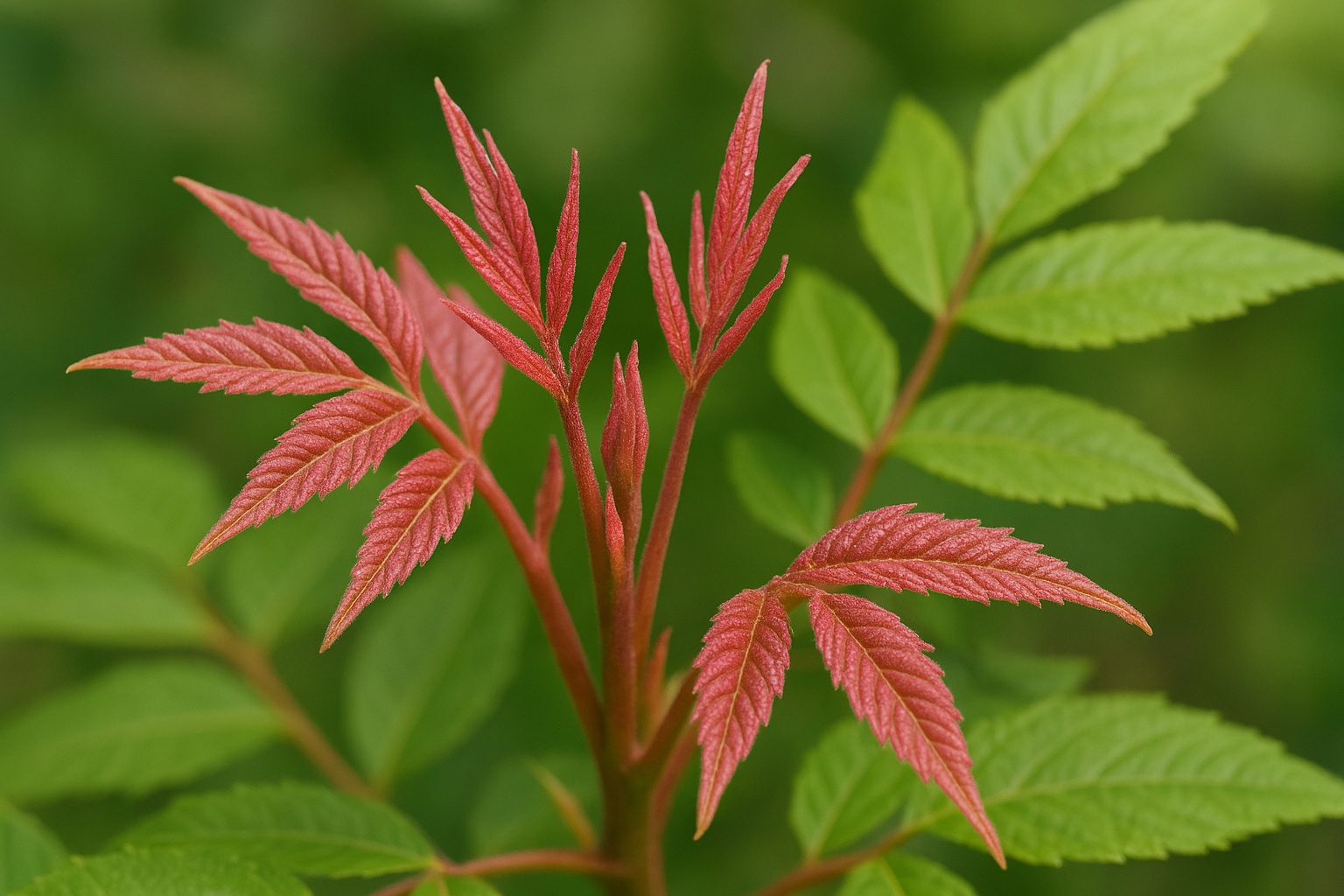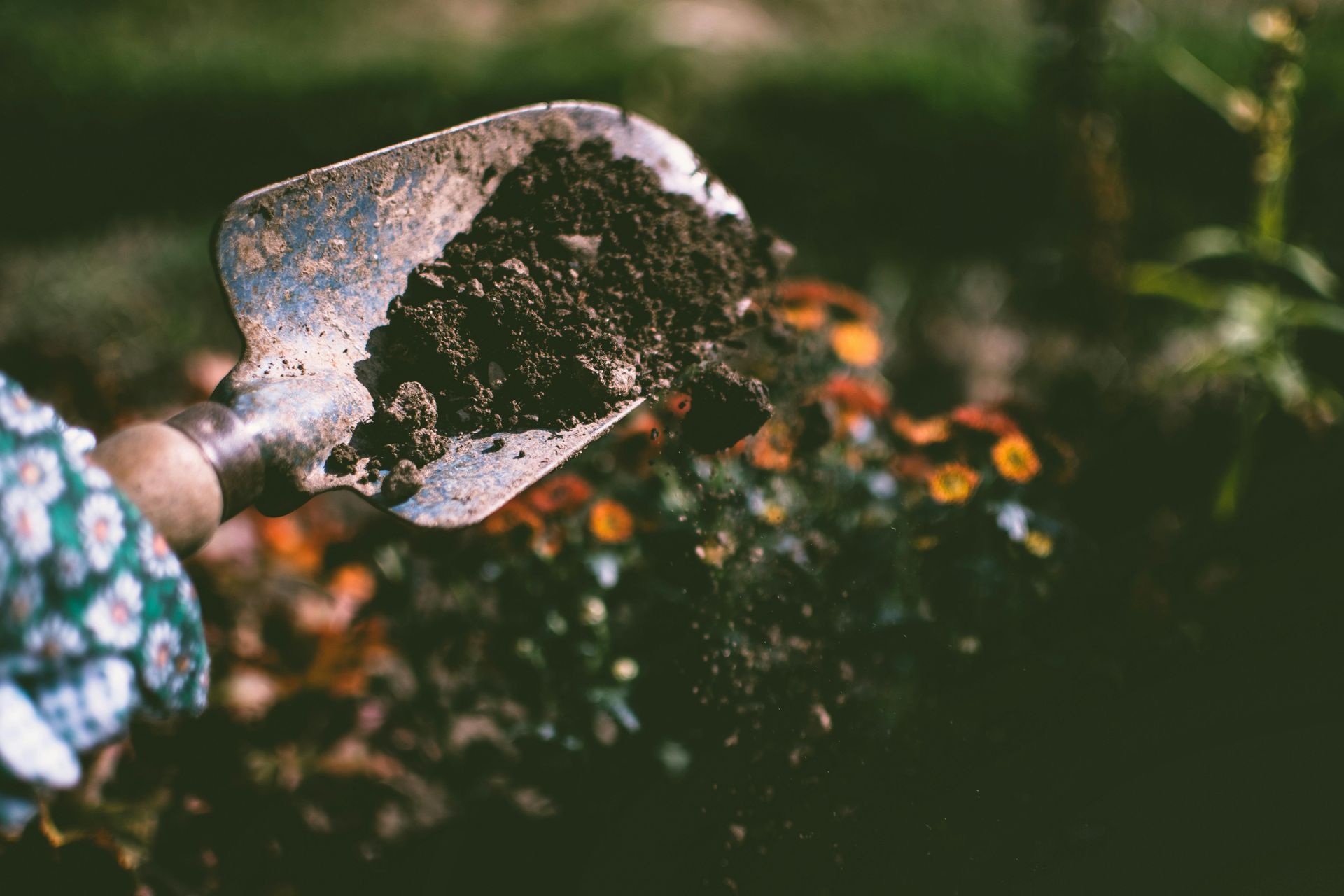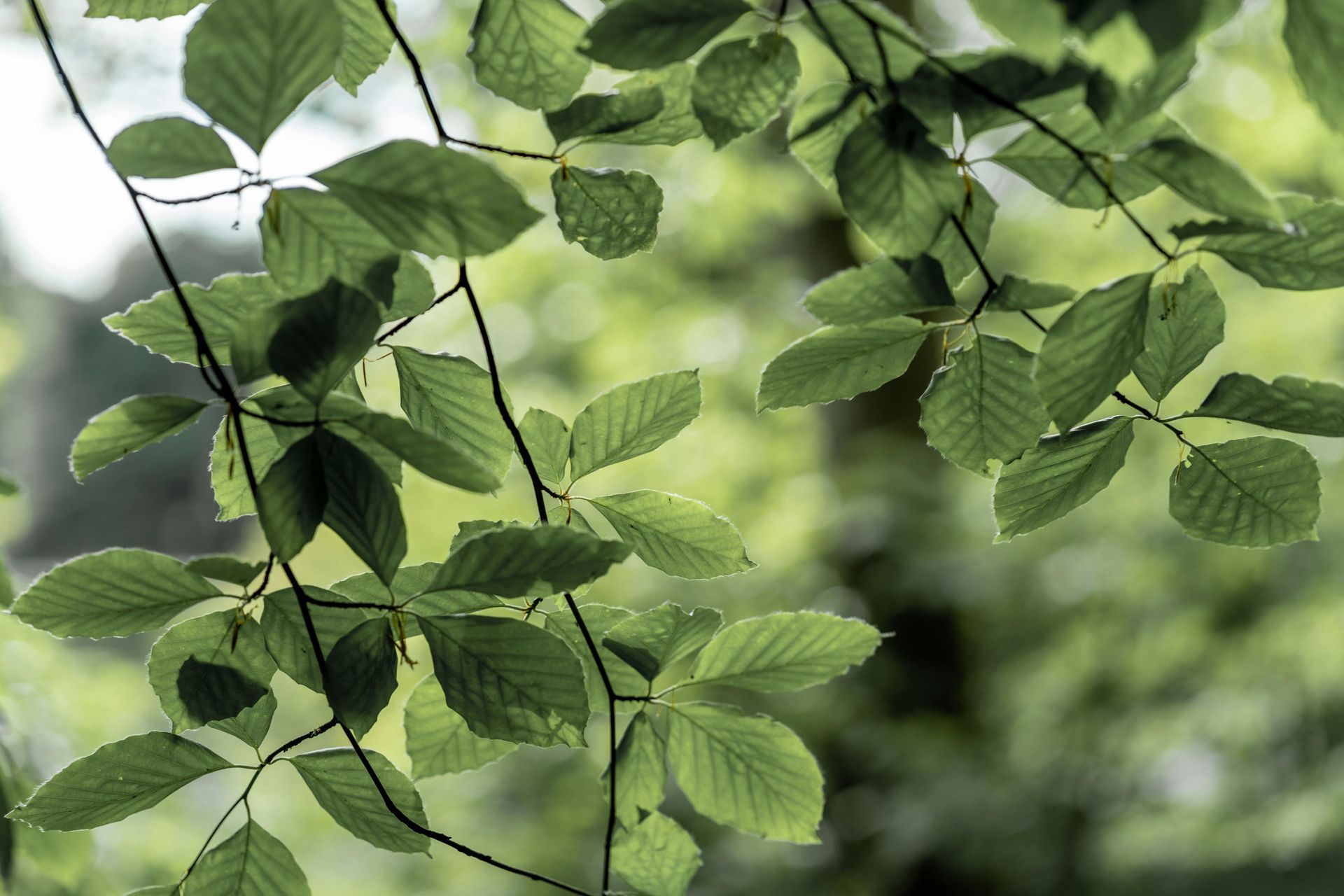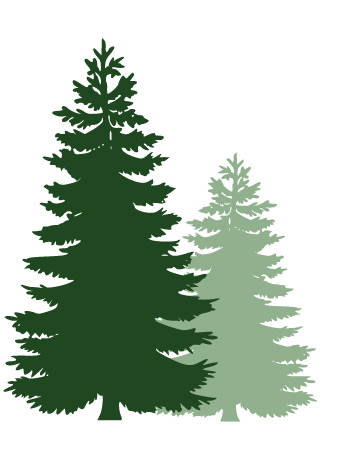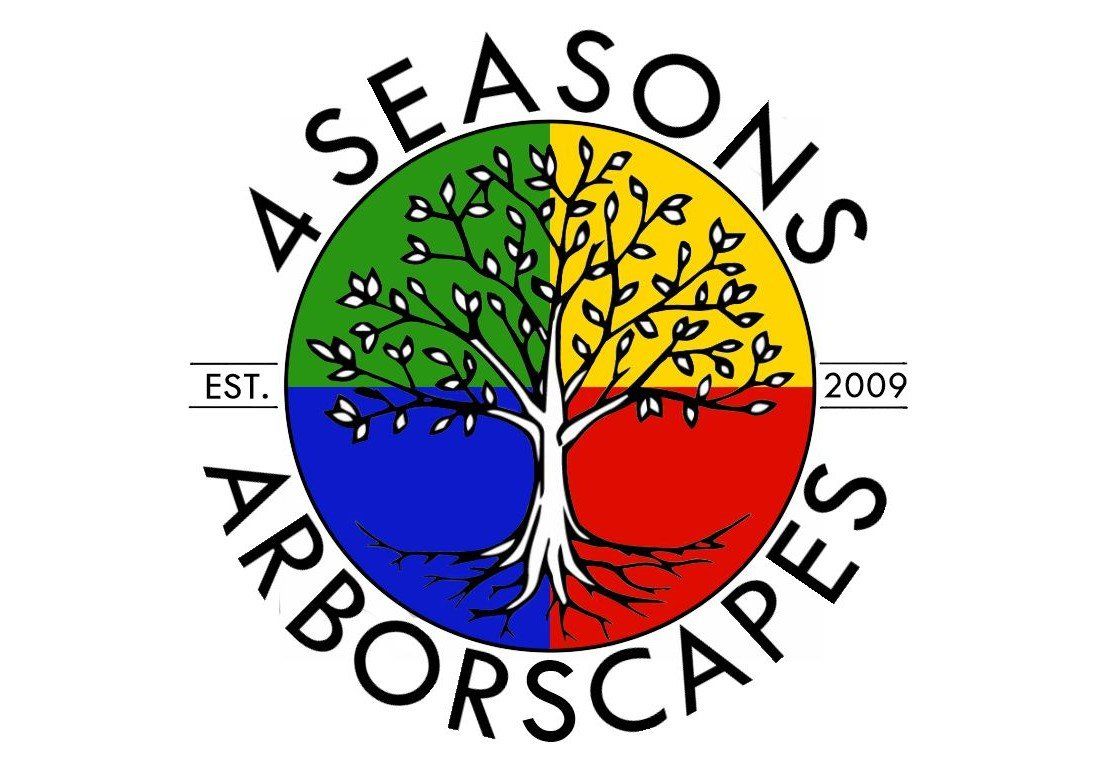What Happens to Trees in Summer?
Trees and seasons share a profound relationship marked by changes in growth, appearance, and activity throughout the year. Each season—spring, summer, autumn, and winter—brings with it different care requirements and opportunities for observing the intricate rhythms of nature.
Physiological Changes to Trees in Summer
During the summer, trees undergo several physiological changes to adapt to the increased temperatures and varying water availability.
- Reduced or halted photosynthesis. Trees may slow down or even stop photosynthesis during the hottest parts of the day to protect themselves and conserve energy, as the enzymes involved in photosynthesis are less efficient in high temperatures.
- Water Stress. Trees develop different strategies to handle summer water stress. This can vary among species and between juvenile and mature trees. For instance, some species show plasticity in their hydraulic behavior, while others remain static from juvenile to adult stages.
- Growth. Above-ground growth typically ceases in late summer. Trees start storing most of the sugar produced after this period.
- Leaf Water Potential. There are seasonal patterns in leaf water potential, which change with decreasing soil water availability. This can differ between juvenile trees and mature trees of the same species.
- Water Demand. The demand for water increases due to higher evaporation rates and temperatures. Adequate watering during this time is crucial to prevent stress and damage to the trees.
Tree Care Requirements in Summer
Summer can be a challenging time for trees, as they are exposed to higher temperatures, increased evaporation, and potentially reduced water availability. Proper care during the summer months is essential to ensure the health and well-being of your trees.
Here are some specific considerations for caring for trees during the summer:
- Watering. Provide a thorough, deep watering to ensure that the entire root zone is moistened. This encourages deep root growth and makes the tree more resilient to drought.
- Consistent watering schedule. Trees may need more frequent watering during hot and dry spells. Be consistent with your watering schedule, especially for young and newly planted trees.
- Mulching. Apply a layer of mulch around the base of the tree to retain soil moisture, regulate temperature, and reduce competition from grass and weeds.
- Protection from Heat. If possible, provide shade for young or sensitive trees during the hottest part of the day. This can be achieved with temporary covers or by planting companion plants that offer shade. Avoid heat stress. Avoid activities like pruning during extreme heat, as this can stress the tree further.
- Pruning. While heavy pruning is generally best done during the dormant season, you can perform light pruning to remove dead or damaged branches. Be cautious not to remove too much foliage, as this can stress the tree during hot weather.
- Soil Management. Aerating the soil around the tree helps improve water penetration and air circulation. Organic matter. Add organic matter to the soil to enhance its water retention capacity.
- Drought-Tolerant Species. Consider planting drought-tolerant tree species or varieties that are well-suited to your region's climate.
- Monitor for Pests and Diseases. Regularly inspect your trees for signs of pests and diseases. Stress from heat and drought can make trees more susceptible to these issues.
- Fertilization. Generally, it's advisable to avoid heavy fertilization during hot weather, as it can stimulate new growth that may be more vulnerable to stress.
- Mulching. Maintain a consistent layer of mulch around the base of the tree to help regulate soil temperature and reduce moisture loss through evaporation.
- Hydration Strategies. Consider using water-absorbing polymers in the soil, which can help retain moisture and reduce the frequency of watering.
- Professional Assessment. If you observe any signs of stress or decline in your trees during the summer, consider consulting with a certified arborist for a professional assessment and advice.
Conclusion
Understanding these changes is essential for predicting how trees will respond to climate stress and for managing tree health and maintenance during the summer months. By implementing these practices, you can help your trees better withstand the challenges of summer and promote their overall health and vitality.
Check out the latest:





